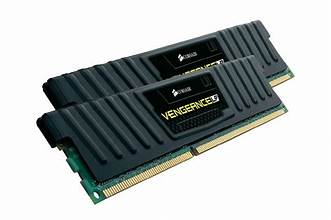The RAM/Memory
RAM is like a computer's working memory, where it temporarily stores and quickly retrieves data needed for running programs and performing tasks. The more RAM a computer has, the better it can handle multitasking and maintain smooth and responsive performance.

The computer case, also known as the chassis, serves several important purposes and functions:
Data Storage:
RAM stores data and instructions that the CPU is currently using or will use shortly. It's much faster to access than long-term storage devices like hard drives or SSDs.
Data Access:
RAM provides the CPU with quick access to data and instructions needed for executing programs and tasks, reducing the time it takes to retrieve information.
Multitasking:
RAM allows a computer to run multiple programs simultaneously. Each program's data and instructions can be stored in RAM, so the CPU can quickly switch between them.
Performance Boost:
Having more RAM can significantly improve a computer's performance, as it reduces the need to repeatedly fetch data from slower storage devices.
Caching:
Modern CPUs often use a portion of RAM as a cache for frequently accessed data, further speeding up operations.
Virtual Memory:
RAM plays a vital role in the computer's virtual memory system, enabling it to use a combination of RAM and storage devices to work with more data than can fit into RAM alone.
Temporary Storage:
It provides temporary storage for data while you work on it. This data is saved to long-term storage when you save your files.